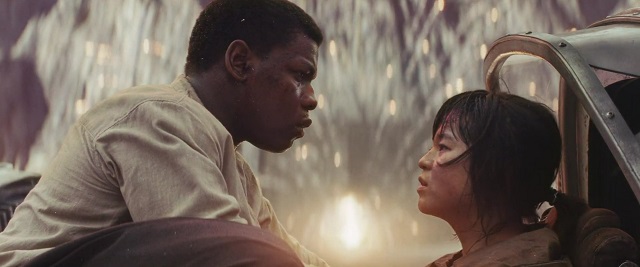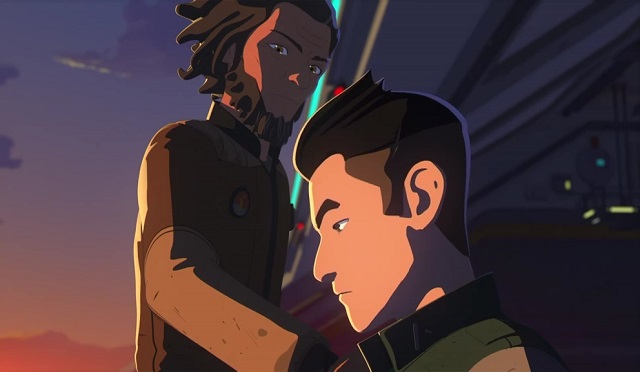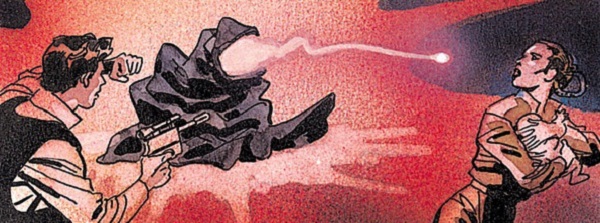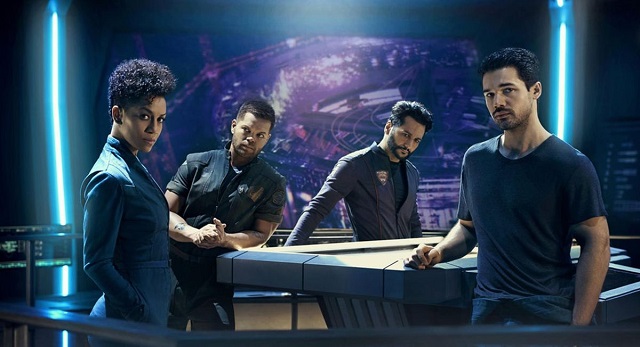Human diversity in the Galaxy Far, Far Away has been a major focus of this site, and myself personally, over the years, but there’s been a parallel conversation running alongside that all along in the representation of droids and aliens: how many, which kinds, what are they doing? While real people seeing themselves directly and fulsomely represented in these stories—in the films especially—is certainly a higher priority, Star Wars is arguably not very well equipped to address things like racism and sexism in a direct fashion, and instead normally chooses to do so through subtext and metaphor.
The Mos Eisley cantina is notable for being not just the first major showcase of the galaxy’s alien demographics, but for the first instance of “metaphorical prejudice” in the form of Wuher banning the droids from his establishment. That moment coupled with an Imperial officer describing Chewbacca as a “thing” not long after makes George Lucas’s view of prejudice quite clear—even if the overall whiteness and maleness of the film’s protagonists does him no favors.
Droids and aliens, then, have never been there just for texture, but for metaphor as well—a way for the story to comment on real human biases without overtly importing them into its universe. While Solo‘s recent efforts to engage with droid prejudice were, well, inconsistent at best, the fact is that the films have never even attempted to put nonhuman prejudice on the front burner.
Lack of foregrounding, however, doesn’t equate to silence: if you choose to take the demographics seriously and not just as texture you’ll find that the films have been saying quite a bit. The goal of this piece, then, is to do just that—assume every human role and every nonhuman role is one hundred percent deliberate, and extrapolate accordingly. To be clear, this is very much a thought experiment, and not a suggestion of intentional messaging on the part of the creators. [1]Though it does seem to be in some cases, as I’ll discuss later. ILM and Lucasfilm’s creature shop (whew, just calling it that in this context is awkward) have done a lot of amazing work over the years, but how that work is distributed throughout the story tells a story of its own. What messages do we come away with when we treat that subtext as text? Read More
| ↑1 | Though it does seem to be in some cases, as I’ll discuss later. |
|---|





